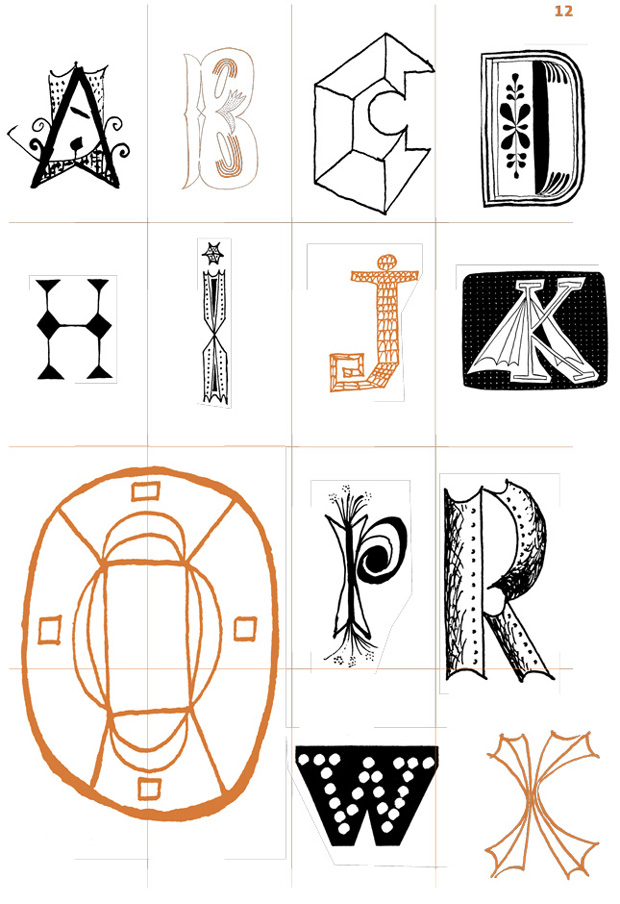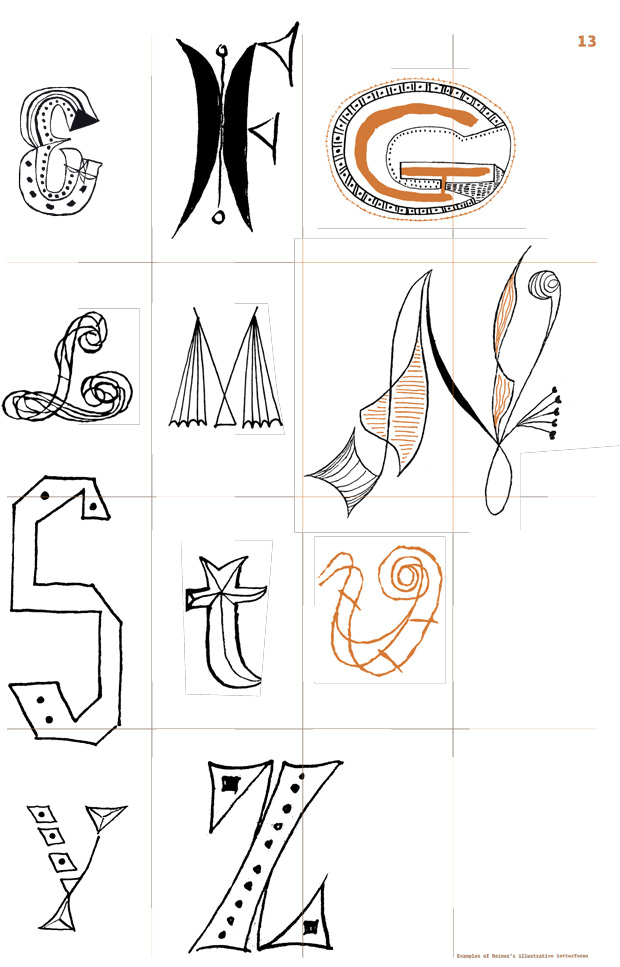The artistic expression consists of a relationship between the human mind, a physical action and the materiality. A good example with which to illustrate this is working with a graphite pencil on a paper as a representation of artistic expression, compared to working with a digital pen tablet on a computer as a representation of a technology. In the case of the graphite pencil, this has been designed to be held comfortably and fit naturally in the designer’s hand. Evidently, the designer uses the graphite pencil directly and freely wherever they want. The pencil uses lead made of a finely ground graphite and clay for smooth and consistent drawing. It allows the designer to produce pictures or sketches by making lines and marks on any flat surface and the paper has varied types, thickness and weight of material which allow the graphite to spread in different ways. Designers can feel the sensation of scratch, friction, roll and they can even hear the sound when the pen deposits the graphite on the paper.
However, there is something even more special in this interaction; the lines and marks portray an expressive and potential gesture, it may be passive, timeless, proud, strong, dynamic, changing, unwelcoming, severe, warm, gentle, rational, conservative, savage, deadly, weak and unstable. One of the reasons for this is the freehand movement and the ability to depict the mark that the designer has in mind and wants to express. If the line reflects the designer’s thoughts, it may communicate the message but above all it can be unique and authentic.
In contrast, the representation of the pen tablet on the computer is a simulation of the physical action; it uses the pen and paper metaphor to behave like the familiarity of the everyday world (Moggridge, Bill. 2006. Designing Interactions.). While it can be said that it has digital advantages such as using different types of pens in only one tool or editing and undoing unwanted drawings, it does not have the same intensity and forcefulness of expression as the graphite pencil. It can be argued that technological devices are becoming more successful in reaching the intended simulation but if the artistic expression is initialised by a software procedure rather than a physical gesture, it is very difficult to replace the latter. Nevertheless, the use of some digitalised process to facilitate the modification of these physical gestures is very common, particularly when the designers want to achieve certain goal. For instance, Wacom Inkling might be a great help to capture, modify and store the designers’ sketches.
On the other hand, technology has progressively had an important role in the history of communication. Therefore, GD has been changed irrevocably by technology. A good illustration of this is the digital revolution. During the 1980s, computers started being utilised by graphic designers and the use of digital-computer hardware and software completely changed the GD work flow. In terms of printing, this dramatic change optimised time, made the process easier and saved money. For instance, the industrial revolution split the process into specialised steps and roles; page layout creation by graphic designers, typesetting equipment operation by typesetters, elements location into boards by production artists, photographic negatives by camera operators, negative assemblage by strippers, printing plates preparation by plate-makers, and printing press operation by press operators. In contrast, the digital revolution allowed a single person to perform all these operations (Philip B. Meggs 1998).
Therefore, designers have not only experienced unexpected changes through technological improvements, but they have also had to adapt their skills and work processes very quickly. While this is very useful for the technical process, it is also complex. For instance, the digital revolution added more complexity to the medium, forcing designers to learn subjects with which they were not used to working. Even though they adapted to change very quickly, they had less control of the media and their field itself because of the interdisciplinary work, the way the audience divided into micro-audiences and the market itself acted globally and quickly (Wild, Lorraine. 1998. The Macrame of Resistance. Emigre Magazine Issue #47).
As a result, the design field became easy, fast, and cheap to produce. Furthermore, some people wrongly believed in themselves as designers because of the fact that they mastered a design software platform. The famous graphic designer Milton Glaser wrote in an article called “The war is over” for AIGA journal and in it he concluded that technology was one of the main culprits in making designs easier to produce so that it was easier to put fees under pressure and take authorship for granted.
For this reason, it is necessary to rethink the relationship between GD and technology rather than continuing to thoughtlessly work for the market. While there is nothing wrong with serving the market, it should not be served blindly without any awareness of where the field is going. Lorraine Wild (1998) claimed that the field cannot keep living on the concept of visual novelty; it is high time to go into meaningful communication in depth and nurture authentic individual voices. Hence, she points out that GD should look back to Craft in order to retrieve its most prominent strength. Working through Craft allows designers to express their own voices rather than the voice that the industry secretly addresses.
A good illustration of this is the Imre Reiner’s work. Lorraine Wild describes his work as follows:
“In the end, the aspect of Reiner’s work that is impossible to mimic is his hand; his calligraphic work, pursued for its own sake, as well as the gestural form underlying his letterforms and font design, demonstrates a profound level of craft, a considerable depth of knowledge and artistic instinct.”
In conclusion, there is an alternative option that allows GD to capitalise on technology to empower its characteristics because it uses technology as a medium not as a message (Marshall McLuhan).


